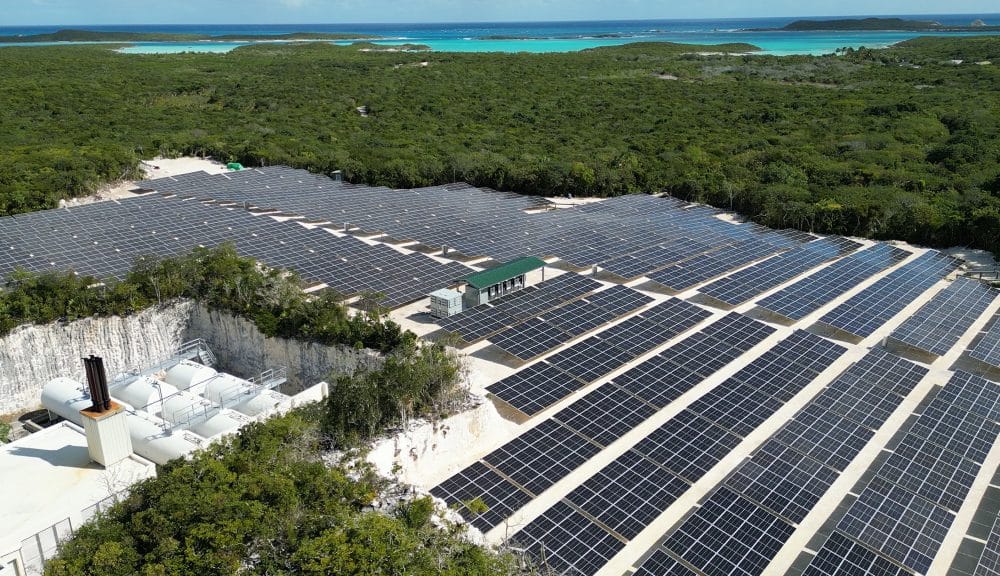SAN FRANCISCO– The California Public Utilities Commission (CPUC) today improved the distribution planning and execution processes for utilities to make planning for electric grid upgrades more proactive, help utilities meet the rising demand for electricity, and reduce future delays for customer projects that require distribution upgrades.
Improved Planning
Through a decision approved today, the CPUC introduced longer-term, consistent planning for grid needs, requiring utilities to utilize customer energization data more effectively and implement advanced forecasting methodologies. By leveraging reliable information from customer applications and other sources, the CPUC’s decision encourages a balanced approach to future grid planning, ensuring that upgrades are identified and completed in a timely manner.
In addition, today’s decision requires electric utilities to provide information on bridging solutions to help customers who trigger grid upgrades connect to the grid in advance of completing grid upgrades, such as load flexibility, flexible service connections, temporary solutions, and distributed energy resource strategies. These solutions aim to reduce both costs and wait times for customers.
“The utility distribution planning process must be more adaptable to ensure that the grid can handle a high distributed energy resource future, an increased number of electric vehicles, building decarbonization, and the decommissioning of natural gas infrastructure,” said Commissioner Darcie L. Houck. “This decision recognizes that the planning process needs to account for new upcoming loads with better forecasting and mapping, and meaningful engagement with all communities to account for geographic differences and economic growth levels. It also ensures that planning incorporates equity metrics and analysis to ensure our most vulnerable communities are not left behind as we transition to a clean energy future.”
“California’s bold march toward a decarbonized future demands an electric grid ready to power the electrification of our transportation, buildings, and industries,” said CPUC President Alice Reynolds. “This decision is an important step in driving utilities to plan for evolving customer needs during this transition.”
“This decision prepares our grid today for the demand we are expecting tomorrow,” said Commissioner John Reynolds. “The improvements to our planning processes will assist California in our ongoing work to electrify the economy and drive further climate progress.”
Increased Transparency
To enhance transparency and oversight, the CPUC established new data reporting requirements, making critical information accessible to stakeholders. This includes improvements to technical maps and data portals, allowing customers and developers to better identify locations where there may be distribution capacity available to energize customer projects.
Today’s decision represents the culmination of over two years of work by the CPUC and addresses legislative mandates from Senate Bill 410 and Assembly Bill 50. These bills require utilities to adopt energization timelines, incorporate local government and developer plans into their forecasting, and align grid upgrades with California’s decarbonization and electrification goals.
More Information
###
About the California Public Utilities Commission
The CPUC regulates services and utilities, protects consumers, safeguards the environment, and assures Californians access to safe and reliable utility infrastructure and services. Visit www.cpuc.ca.gov for more information.
News Release



